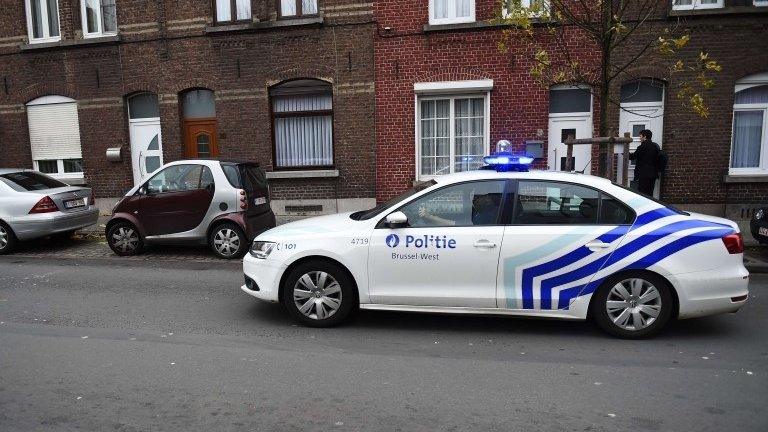Paris attacks: Omar Ismail Mostefai's days as a banlieue gangster
- Published
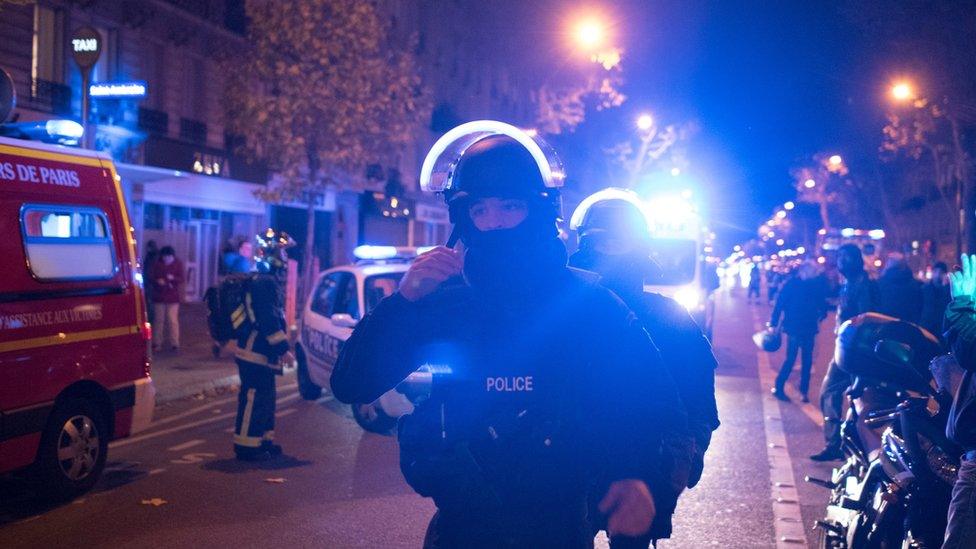
Omar Ismail Mostefai has been identified as one of the gunmen behind the Paris attacks
Courcouronnes is the Paris suburb in which Omar Ismail Mostefai, one of the suicide bombers in the Paris attacks, grew up. It's an area that has been known for gang violence, particularly at the time when Mostefai lived there. One former gang member who knew him spoke to the BBC's James Longman.
In a dark street in a Paris suburb, I meet with a former Courcouronnes gangster. He asks me to call him Dominic.
He gets out his phone, and we sit together on a wall waiting for a video to load.
"I'll show him to you," he says.
The video is of an amateur rap film, filmed by his friends back during the darker days of gang warfare on the estate on which he grew up.
Around a minute into the video, a man in white with his face covered appears, swaying to the music with his friends.
Paris attacks: The investigation so far
Dominic freezes the frame as the man in the video raises a gun to the screen.
"That's him."
Although I have no way of really knowing who the man behind the mask is, Dominic is sure.
Who was Paris attacker Omar Ismail Mostefai?
He says he knew Omar from his days hanging out with other boys in the Canal area of town, and they'd film these videos all the time.
The videos were expressions of solidarity with each other, and loyalty to the neighbourhood.
Life in the banlieue
He explains what life was like: "It was war. Drugs. Guns. Everything. Life was about defending your area.
"It was a really dangerous time. It was infamous - boys with nothing to do, getting wrapped up in violence."
It all started with a family dispute which turned into more serious gang warfare, Dominic explains.
Things escalated when in 2008, a man was murdered at the local grocery in an apparent drugs dispute. His killer has never been found.
But, Dominic says, everyone knew who did it.
"This was the life Omar knew. It's just how it was."
Dominic's story paints a picture of a young man whose adolescence was marked by violence.

A house in Bondoufle, south-east of Paris, belonging to Omar's brother. The property was searched following Friday's attacks
The boys of Courcouronnes spent their time making amateur music videos, rapping about their lives and their grievances.
It's a striking similarity to the lives led by some would-be jihadists in the UK.
Abdul Bary, the west London gangster who went by the name L Jinny, made similar music videos, using rap to communicate his anger.
He, like Omar, was a young man disconnected from the rest of society, living on the edge of a big city, operating in a world where brotherhood and violence were all that mattered.
For Omar it was later, around the time he moved away from Courcouronnes, that gangster life and its anti-establishment ethos morphed into a twisted concept of Islam.
For young men like him, perhaps central Paris was always another world - far away from the banlieue he'd grown up in.
The lure of extremism - another brotherhood of violence - seemed much more familiar.
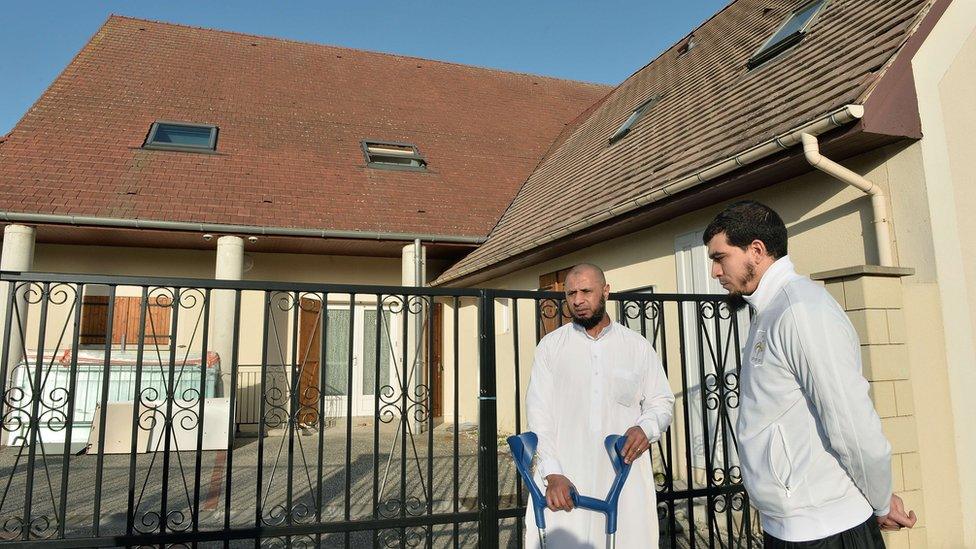
French authorities say Omar attended this mosque in Luce after leaving Courcouronnes in around 2009
Wider problem
Of course, not all of them chose that path. Dominic says those days are behind him, but he remains friends with them all.
"We're all so shocked this could happen. Yes, it was difficult growing up here. But we would never expect one of our own to go out and do this."
But the reputation of Courcouronnes for violence endures.
"Just last month there were gunshots outside my house," Dominic says.
"And you can easily buy any gun you like.
"It's not just here. That's how it can be in all of the banlieue."
- Published15 November 2015
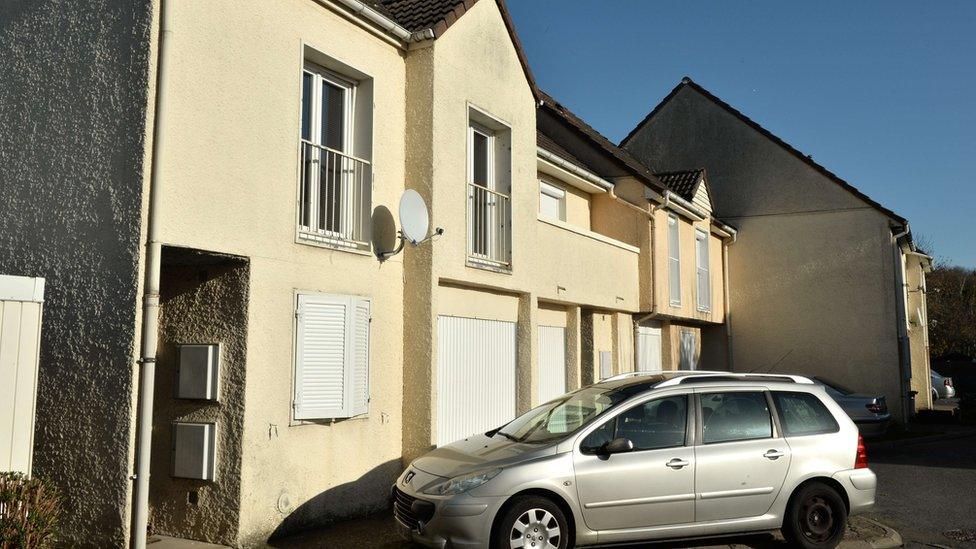
- Published15 November 2015
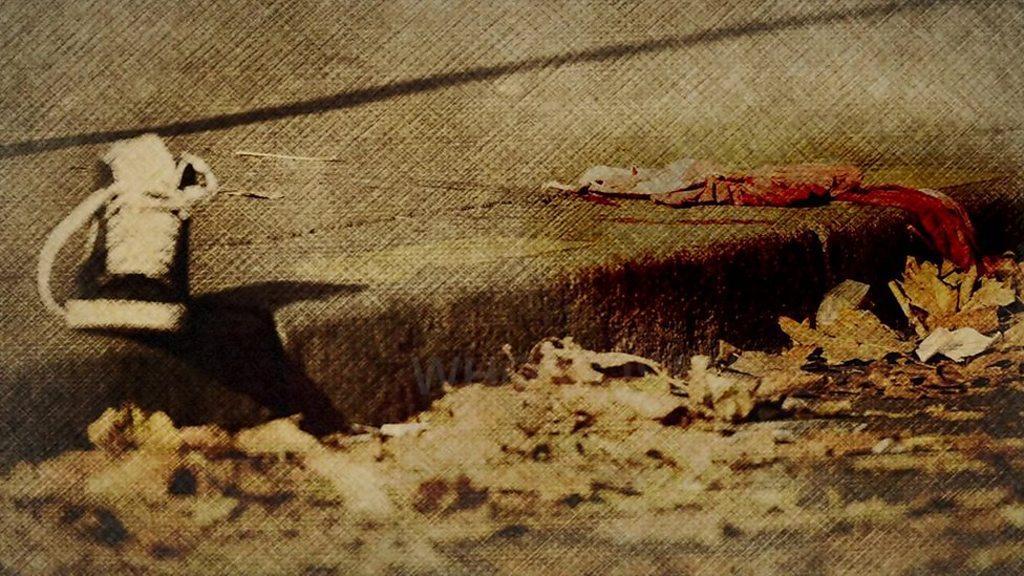
- Published24 November 2015
